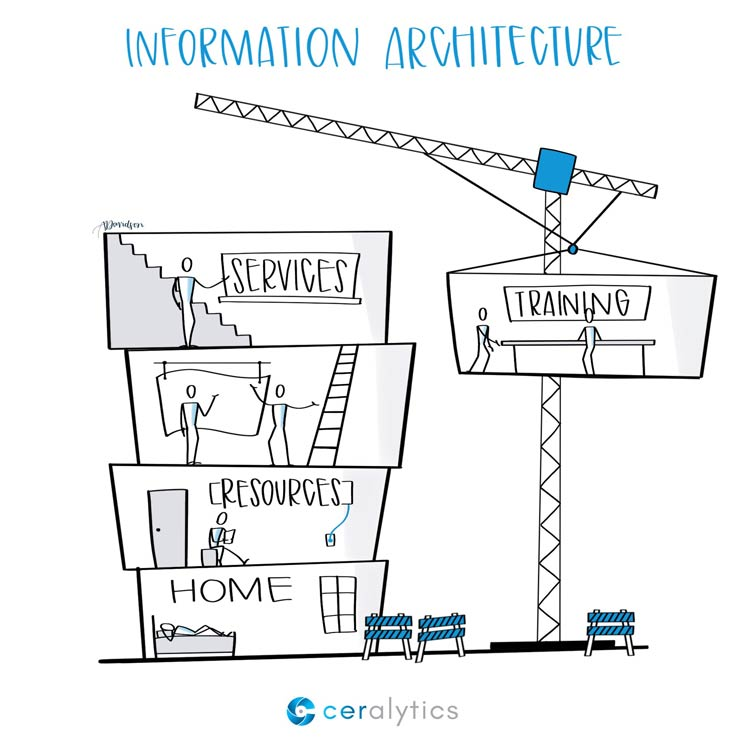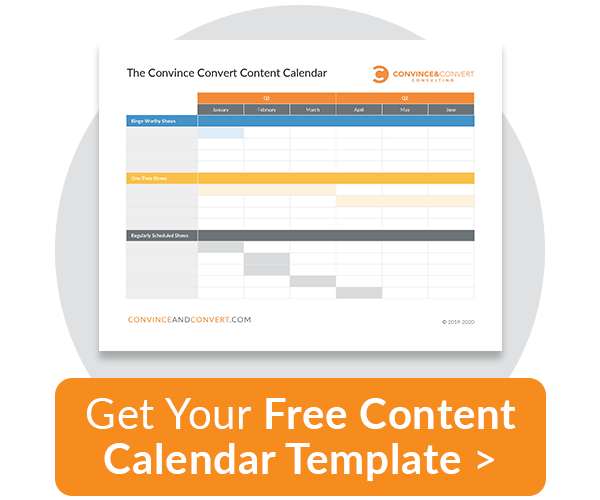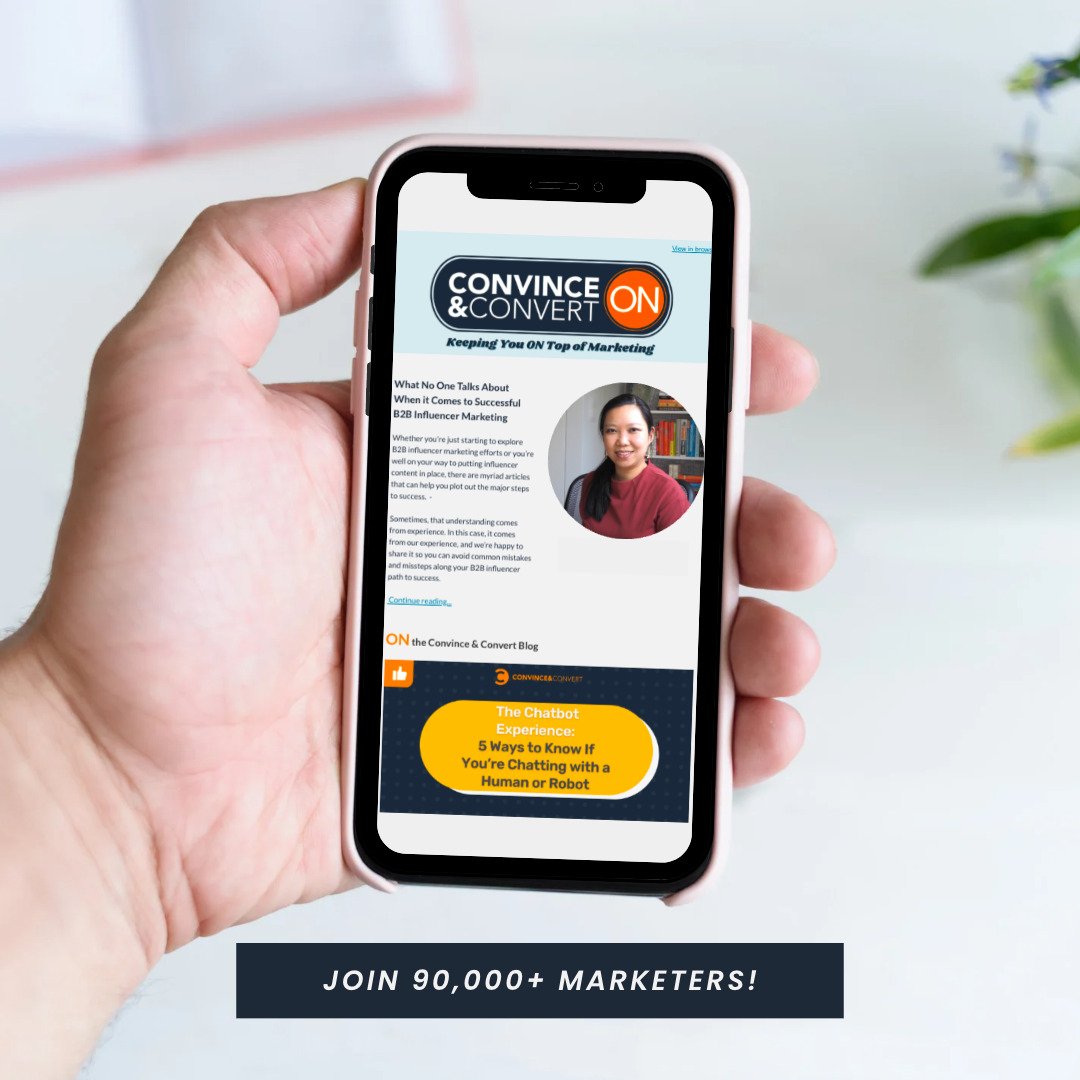
It’s almost inevitable. We sign on a new client who is looking to create an amazing content strategy. We have a kickoff call and they tell us, “Yeah, we just launched a new website and now we’re ready to really dive into our content marketing strategy.”
My heart sinks.
They just launched a new site, and now they are thinking of content strategy. It’s like going fishing. The content strategy of new thought leadership is the bait, but then the hooks and poles that are the rest of the website are afterthoughts.
For so long, we’ve focused on blog and video content as being the pillars of content marketing.
The thing is, they’re not.
Your website — the information architecture that makes up your entire navigation and user flows — is essential to your content marketing success.
If the navigational systems on your website don’t make sense and are not optimized for search, you could risk losing out on potential traffic and conversions. Without hooks and fishing poles, you’re not going to catch any fish, no matter how many you feed with your bait.
Discover the strategy behind information architecture, and how you can optimize your site for more user engagement and inbound traffic.
Your Content Strategy Starts with Your IA
Before you can write and publish any content on your site, you first need to understand the type of content that will entice your target audience – and how you’ll organize it. That’s where your information architecture (IA) comes into play. This is simply how your site’s visitors will find the content they need and complete actions (conversions) on your site.
Your IA controls the ways your content is:
- Organized within the navigation bar
- Labeled in breadcrumbs and other links
- Navigated from various other pages
- Searched for by users

“When we set up our new site, we knew that we wanted it to be optimized for search and conversions from the beginning,” says Nick Phillips, co-founder of Kids Art Box, a subscription box service, “The key to doing this was to start with a solid information architecture.”
Is IA the same as UX?
Information architecture and user experience are similar in that they are both tools to create a positive experience for visitors on your site. However, IA needs to be established before a UX designer can start creating pages.
Content strategists generate a website’s IA into sitemaps. Then, a UX designer can utilize that plan during their website creation process. As a team, marketers and web designers can build an enjoyable and easy-to-use architecture for their users. The goal is to make it as easy as possible to navigate through your site.
Businesses everywhere can benefit from strategizing their site’s information architecture. If users visit your site and can’t find the information they’re looking for, they’ll most likely leave and find their solution with one of your competitors. This can impact the bounce rate on your site, leave a negative experience with the user in how they see your brand, and most importantly, result in a lost opportunity for a new customer.
How the Sales Funnel Should Fuel Your Site Structure
Understanding the sales funnel and how potential customers move through that process is crucial to designing the information architecture on your site. Your IA represents the solutions you have to offer customers, which Google and users will consider pretty far down the funnel.
When users visit the main pages on your site (such as product or services pages), their intent is most likely to make some kind of buying action – whether it’s to actually buy something online or to fill out a lead form. These pages will often have high conversion rates. However, you must focus your content on the right type of keywords – those that are closer to the buying stage rather than the thought leadership stage. You need the right hooks.
Your actual blog and owned media content will mostly be focused on thought leadership topics. It will provide people who are higher up in the funnel with useful information they can use to narrow what they’re looking for. To come up with blog ideas, consider topics that are specific to your niche, something that a repeat customer would like to know. This can include tips on how to use the products you sell or news that is specific to your industry.
Marrying this thought leadership with the actual pages on your site and understanding how they interact can help you identify the paths of least resistance. Figure out where your visitors are in the sales funnel and provide content that matches their intent. When you have this in mind, you can present calls to action and other navigation to hook them and guide them through the journey.
Your goal is to discover what it takes for someone high up in the funnel to read a blog post, stop by more pages, and then be encouraged to say, “Yeah, I’m ready to buy.”
“Tightly knitting together new thought leadership with existing, optimized product/services pages is essential to the success of a content marketing strategy,” says Melissa Dreyer, Director of Marketing at STANLEY Access Technologies, “Without these two components working together, you could end up with a lot of traffic, but not a lot of conversions.”
Tips for Presenting an Organized Site
Information architecture may seem complicated, but it’s easier to put together than you think. You just have to consider what makes the most sense when organizing the pages on your site.
Consider these tips to help you start building your site’s IA:
- Keep it simple. You want the process of navigating your site to be easy and straightforward. Don’t add unnecessary distractions that keep your users from finding the button you want them to click, the form you want them to fill, or most importantly, the answer to their query.
- Simplicity goes for the navigation bar, too. Keep your navbar simple and not overcrowded. A good rule of thumb is to keep the main navigation under seven items. Your page groupings should make sense and relate to one another, like service offerings or information about the company.
- Be strategic about internal linking. Invite your site visitors to learn more or take a step toward a conversion by presenting them with links to click through to product and service pages or your Contact Us page. These hooks can take people from “just browsing” to consideration pretty quickly.
- Research your industry. Take a look at your competitors to find out what the industry standards are for presenting and organizing your content.
Phillips states, “Our site started from ground zero, and in just a few months we’re already ranking in the top 10 for a number of competitive keywords we thought would take a year or more to rank for. The research and effort put into the IA paid off very quickly.”
Please, Please Start Your Content Strategy with Your IA
To make your business more visible online and more successful with customers, you must begin with a strong digital marketing strategy. When you put careful thought into your content strategy – starting with your information architecture – you can not only make an impact by delivering real value to your industry, but you can also catch a lot of new business – which was always the point, right?

